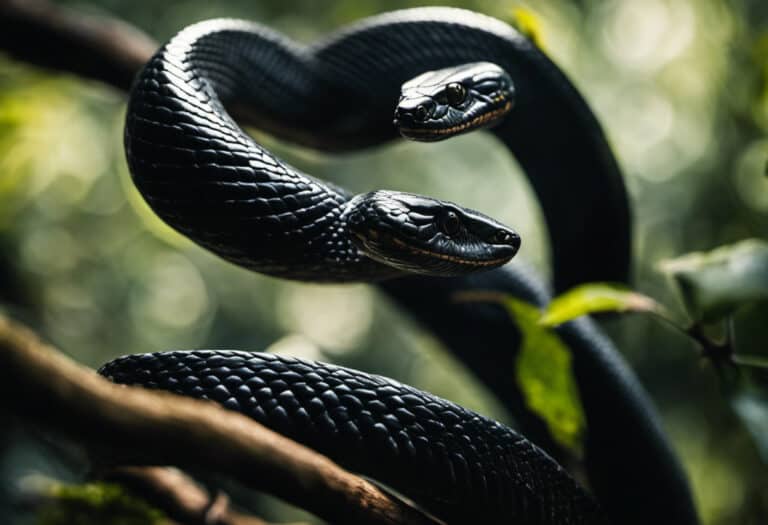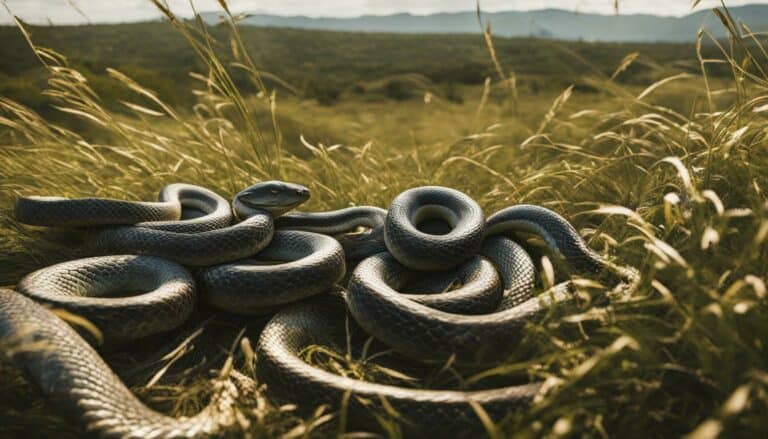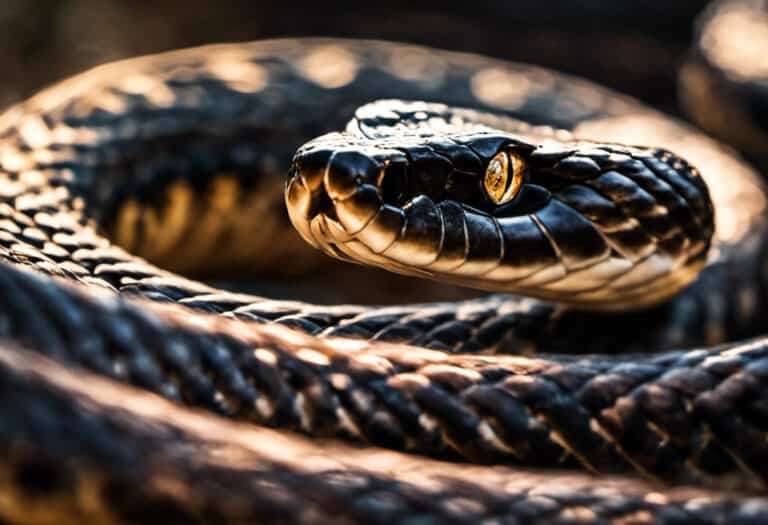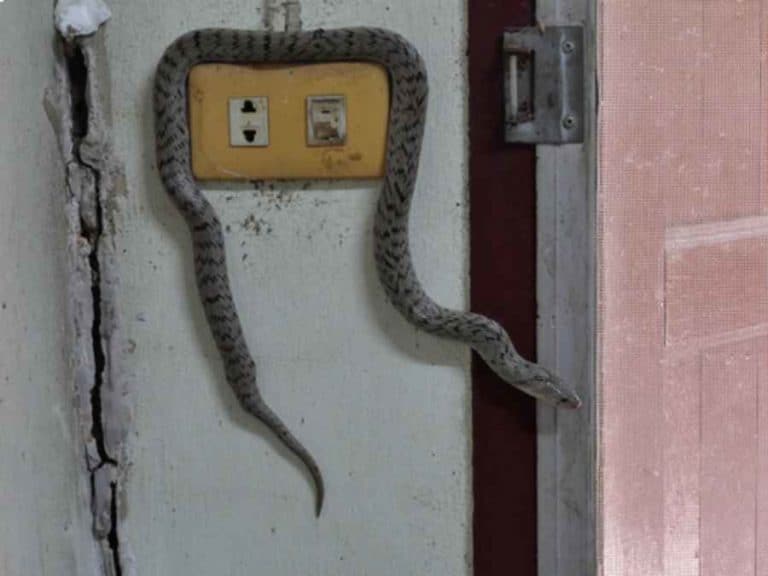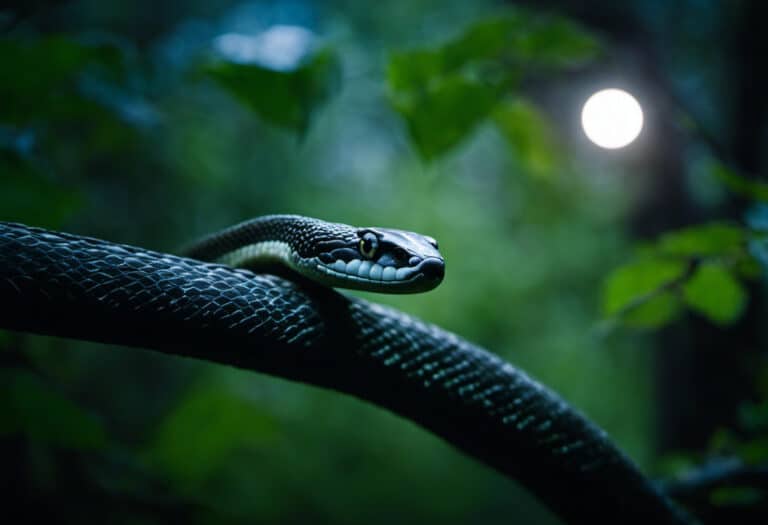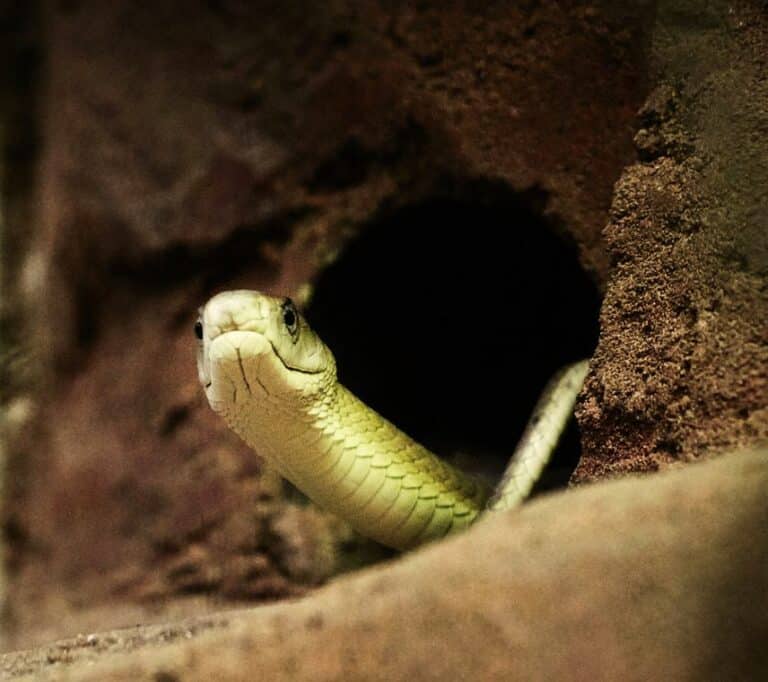What Do Desert Snakes Eat?
Do you ever wonder what desert snakes feast on to survive in their barren habitats? Prepare to be amazed as we uncover the secrets of their diet.
These fascinating creatures, being obligate carnivores, exclusively consume meat, making their diet unique and specialized. From rodents like mice and rats to birds and even amphibians, desert snakes have a diverse range of prey choices.
So join us on this journey as we delve into the intriguing world of desert snakes and explore what they eat to thrive in their harsh environment.
Key Takeaways
- Snakes in the desert primarily feed on rodents such as mice, rats, rabbits, gerbils, and hamsters.
- They also opportunistically prey on birds and their eggs, particularly those nesting in burrows or low-growing plants.
- Frogs and amphibians, which are found in arid or semiarid desert areas, are important food sources for snakes.
- Lizards, including species like desert horned lizards, Gila monsters, and Chuckwallas, are common prey for desert snakes.
Rodents as Primary Prey
In the desert, rodents like mice, rats, and rabbits are the primary prey for snakes, providing them with a readily available source of food.
Snakes play a crucial role in rodent population control, ensuring a balance in the desert ecosystem.
By preying on rodents, snakes help regulate their population, preventing them from overrunning the habitat and causing damage to vegetation and crops.
This control of rodent numbers is essential for the survival of other desert species that rely on vegetation for food and shelter.
Snakes also impact the desert ecosystem by influencing the behavior and distribution of rodents.
The fear of predation from snakes can drive rodents to change their foraging patterns, leading to changes in plant diversity and distribution.
In this way, snakes contribute to maintaining the delicate balance of the desert ecosystem.
Opportunistic Bird Predators
Birds are an important food source for opportunistic desert snakes, especially during nesting season. Snakes take advantage of the nesting habits of desert birds, which often build their nests in burrows or among low-growing plant life. This makes them vulnerable to snake predation.
Desert kingsnakes, known for their yellow and black stripes, are particularly adept at raiding bird nests. They consume both bird eggs and smaller birds when available.
The impact of bird egg consumption on snake reproductive success is significant. By eating bird eggs, snakes can obtain the necessary nutrients to support their own reproductive processes.
However, excessive predation on bird eggs can also have negative consequences for bird populations, potentially leading to declines in certain species. The relationship between desert snakes and birds during nesting season is complex and highlights the delicate balance between predator and prey in the desert ecosystem.
Amphibians and Their Importance in Snake Diets
You might be surprised to learn that amphibians, such as frogs and salamanders, play a crucial role in the diets of snakes in various habitats, including deserts. Amphibians serve as both indicators of ecosystem health and as prey for other desert predators.
Snakes rely on amphibians as a nutritious food source, especially in desert regions where other prey may be scarce. Frogs and salamanders provide snakes with essential nutrients and hydration, particularly during dry periods.
Additionally, the presence and abundance of amphibians in an ecosystem can indicate the overall health and balance of the environment. Therefore, the conservation of amphibians isn’t only important for their own survival, but also for the well-being of other desert predators that rely on them for food.
Lizards: A Common Meal for Desert Snakes
If you come across a desert snake, chances are it has lizards as a common meal in its diet. Desert snakes, being obligate carnivores, rely on consuming meat for survival.
Here are some unique adaptations that lizards have developed to survive in the harsh desert environment:
- Camouflage: Lizards have evolved to match the color and pattern of their surroundings, allowing them to blend in and avoid predators.
- Burrowing: Many desert lizards are skilled burrowers, creating underground homes to escape extreme temperatures and predators.
- Water conservation: Lizards have specialized kidneys that enable them to conserve water in their bodies, allowing them to survive in arid conditions.
- Heat tolerance: Desert lizards can withstand high temperatures by regulating their body temperature through behavioral adaptations like basking in the sun or seeking shade.
- Quick movement: Lizards have agile bodies and strong muscles, enabling them to swiftly maneuver through the desert terrain.
Snake predation has a significant impact on lizard populations in desert ecosystems. The consumption of lizards by snakes helps regulate their numbers and maintain a balance in the ecosystem. This predation also influences the evolution of lizard populations, favoring individuals with adaptations that enhance their survival against snake predation.
Specialized Snake Diets: Unusual Prey Choices
When encountering a desert snake, you may be surprised to learn about the unusual prey choices they have in their specialized diets. Desert snakes have unique dietary adaptations that allow them to survive in harsh, arid environments.
While rodents and lizards are commonly known as prey for desert snakes, they also rely on unconventional food sources to meet their nutritional needs. These unconventional food sources include birds, frogs, and amphibians. Snakes opportunistically hunt for bird eggs and smaller birds when available.
They also rely on frogs and salamanders, which provide a vital food source during rare rainfall events. Additionally, desert snakes prey on various species of lizards that inhabit desert environments.
These specialized diets highlight the adaptability and resourcefulness of desert snakes in their quest for sustenance.
Frequently Asked Questions
Are There Any Rodents That Desert Snakes Do Not Prey On?
Desert snakes are obligate carnivores, relying on a diet of meat. While they primarily prey on rodents, they also consume birds, frogs, amphibians, and lizards. However, it is unclear if there are any specific rodents that desert snakes do not prey on. Predation on insects is also possible, but it is uncertain if desert snakes can survive without rodents.
What Are Some Examples of Birds That Desert Snakes Commonly Eat?
Desert snakes commonly eat birds such as smaller birds and bird eggs. They take advantage of the availability of prey in desert regions, where many birds nest and are easily accessible.
How Do Desert Snakes Locate and Capture Frogs and Amphibians?
Desert snakes use specialized hunting techniques to locate and capture frogs and amphibians. They rely on their keen sense of smell and vibrations to detect their prey. However, climate change may impact the availability of amphibians as prey in the future.
Are There Any Lizards That Are Not Prey for Desert Snakes?
Lizards in the desert have mastered predator-prey dynamics. Through ecological adaptations, some lizards have developed defense mechanisms that make them less vulnerable to desert snakes.
What Are Some Examples of Unusual Prey Choices for Desert Snakes?
Desert snakes have a diverse diet, including unusual prey choices. For example, they can locate and capture frogs and amphibians by being attracted to their mating calls. This makes them vulnerable to predation.
Conclusion
In conclusion, desert snakes have a diverse and specialized diet, relying on a variety of prey to survive in their harsh environments. From rodents like mice, rats, and rabbits to opportunistic bird hunters and amphibian feasters during rare rainfall events, these cunning predators adapt to their surroundings to find sustenance.
Additionally, lizards serve as a common meal for desert snakes. Their unique diets showcase their ability to thrive in barren habitats, proving that these snakes truly are masters of survival.
